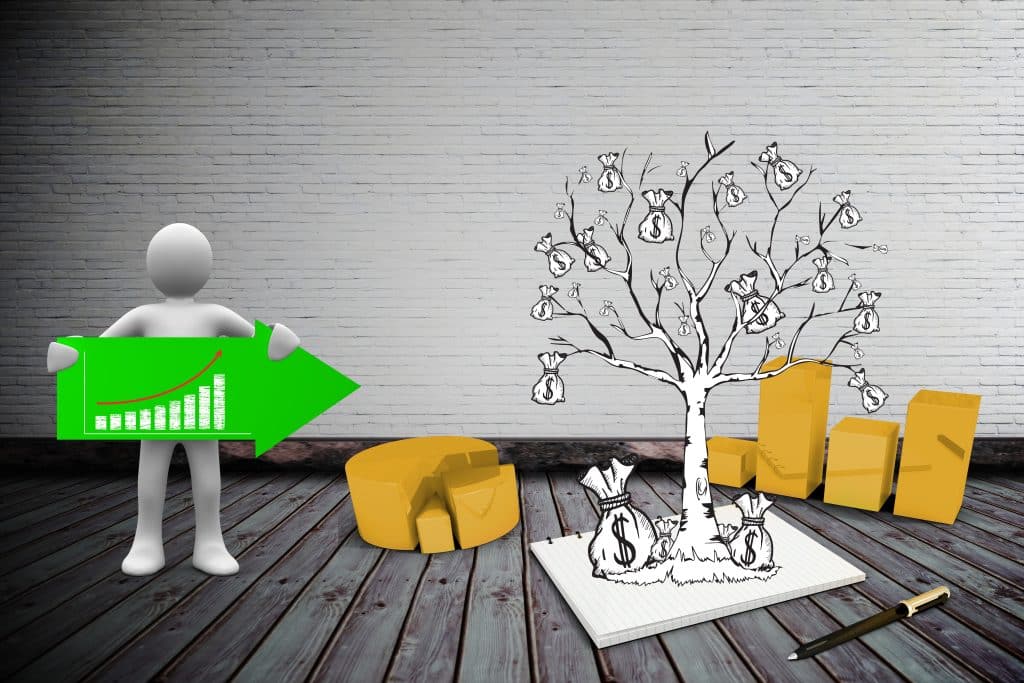Creative Growth Flourishes in Low-Distraction Environments
Aiden Foster July 31, 2025
In today’s fast-paced world of tech startups, the need for constant innovation is greater than ever. Entrepreneurs and creative professionals are under pressure to come up with groundbreaking ideas quickly. However, many overlook a crucial factor in this equation: the environment where creative work takes place.
Often, we associate creativity with high-energy brainstorming sessions and nonstop collaboration. But research suggests that creative growth flourishes best in low-distraction environments. In fact, the physical and mental space in which we work plays a significant role in how ideas develop. This article explores why reducing distractions in the workplace leads to more innovative ideas and greater success for startups and entrepreneurs.

Why Low-Distraction Environments Are Critical for Creativity
Creativity doesn’t thrive in chaos. It’s a process that requires focus, deep thinking, and uninterrupted time to cultivate new ideas. Yet, many startups have embraced a high-energy, open-office culture that often leads to distractions and a constant sense of urgency.
Studies show that the average person is interrupted every 11 minutes at work, and it can take up to 25 minutes to refocus after an interruption. This constant disruption hampers the brain’s ability to concentrate deeply, affecting problem-solving skills and creative thinking (American Psychological Association, 2018).
In contrast, a low-distraction environment allows individuals to concentrate on tasks that require deep thought, critical analysis, and creative solutions. By reducing the number of distractions in the workplace, you’re enabling your team to think critically and reflect on ideas without outside interference.
The Role of Technology in Reducing Distractions
Ironically, in the world of tech, some of the greatest distractions come from the very devices designed to help us be productive. Notifications from emails, Slack messages, and social media can break our focus multiple times a day. To combat this, entrepreneurs and teams need to leverage technology in ways that help enhance focus, rather than hinder it.
Here are a few tools and strategies that can help reduce digital distractions:
- Focus Apps: Apps like “Focus@Will,” “Forest,” and “Freedom” can block distracting websites and apps while providing music designed to help you concentrate. These apps help promote a distraction-free environment, allowing for longer, uninterrupted work sessions.
- Time-Management Tools: Use time-blocking tools like “Trello” or “Notion” to organize your workday and stay on track. These tools help structure your day into blocks of focused work and relaxation, reducing the temptation of multitasking and unplanned distractions.
- Noise-Canceling Headphones: For many, the office environment itself is a source of distraction. Noise-canceling headphones can help block out the ambient noise of an open-plan office, helping individuals concentrate on their work for longer periods.
- Limiting Social Media: Setting boundaries with social media is essential for preventing mindless scrolling. Implementing strategies like checking social media only at designated times can be a powerful tool in reducing digital distractions.
By incorporating technology that enhances focus and limits distractions, startups and entrepreneurs can create an environment conducive to creative thinking.
Creating a Low-Distraction Physical Workspace
While digital distractions are a significant barrier to creative work, the physical workspace also plays a pivotal role in fostering creativity. Here are a few ways to create a low-distraction physical workspace:
1. Personalized, Yet Minimalistic Workspaces
Minimalism is a key trend in modern design and also in the workplace. Keeping workspaces uncluttered and organized promotes a sense of calm, which can help improve focus. Employees who are surrounded by unnecessary clutter are more likely to be distracted and less able to concentrate. A clean, minimalistic workspace helps eliminate unnecessary visual distractions and makes it easier for individuals to engage in deep work.
However, minimalism does not mean the workspace should feel sterile or uninspiring. Personal touches, such as a few well-chosen items, like plants or inspirational quotes, can help make the workspace feel comfortable without overwhelming it.
2. Private or Quiet Spaces for Deep Work
While collaboration is key in a startup environment, too much teamwork can be counterproductive if it interrupts the ability to focus. Having designated quiet areas or private offices for deep work allows employees to focus and tap into their creative potential without constant interruptions.
Consider creating spaces where employees can retreat to work uninterrupted. This doesn’t mean eliminating collaboration altogether, but it’s important to strike a balance between communal spaces for collaboration and private spaces for solo work.
3. Ergonomics and Comfort
Comfort plays a crucial role in how well individuals can focus and think creatively. An uncomfortable chair or desk setup can distract from the work at hand. By investing in ergonomic furniture, such as chairs with proper lumbar support and adjustable desks, you ensure that employees can work for longer periods without discomfort, promoting focus and creative output.
Encouraging Mindfulness and Reflection to Foster Creativity
Mindfulness is a practice that has been shown to improve focus, clarity, and creativity. By encouraging mindfulness in the workplace, startups can help employees enhance their cognitive capabilities, leading to better decision-making and more innovative ideas.
How Mindfulness Improves Focus and Creativity
Mindfulness, which involves paying focused attention to the present moment, can help individuals reduce stress, calm their minds, and sharpen their cognitive abilities. Research has shown that mindfulness can increase the brain’s ability to generate new ideas by enhancing cognitive flexibility and reducing mental fatigue (Zeidan et al., 2010). By practicing mindfulness, individuals can better regulate their emotions and thoughts, allowing them to approach tasks with a clearer mind.
Startups can encourage mindfulness by offering training sessions or creating designated mindfulness spaces where employees can meditate or reflect in silence. Encouraging employees to take short breaks for mindfulness activities during the workday can lead to increased focus, creativity, and overall productivity.
The Benefits of Low-Distraction Environments in Startup Culture
A low-distraction environment offers several advantages for startups and entrepreneurs:
- Improved Decision-Making: With fewer distractions, employees are able to focus on the problem at hand, consider multiple solutions, and make better decisions.
- Higher Quality Work: By eliminating distractions, employees can give their full attention to a task, leading to higher-quality results.
- More Innovation: Creativity thrives when people have the time and space to reflect and think deeply. By encouraging reflection and minimizing interruptions, startups can foster an environment where innovation can thrive.
- Increased Employee Well-Being: Reducing distractions can lower stress levels and improve overall well-being, leading to happier, healthier employees who are more engaged and productive.
Conclusion
In the fast-paced world of tech startups, where innovation is key, finding the balance between collaboration and reflection is crucial. While startups must remain agile and adaptable, the need for low-distraction environments is becoming clear. By creating spaces that minimize interruptions, leverage technology for focus, and encourage mindfulness, startups can foster creativity and innovation, leading to long-term success.
Reference
- Deep Work Requires Focused Attention- https://en.wikipedia.org/
- Interruptions Stifle High-Level Thought- https://www.researchgate.net/
- Open-Plan Offices: One of the Worst Offenders- https://www.newyorker.com/







